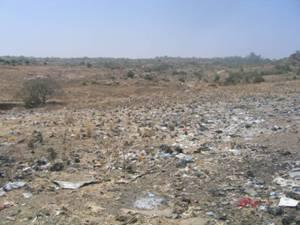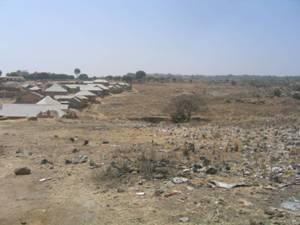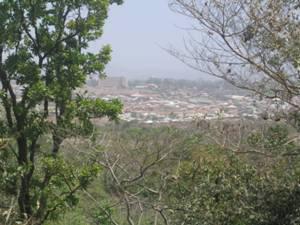Adams Chaskda
Other projects
5 Sep 2006
Saving the Natural Habitats of the Jos-Plateau: Which Threatened Indigenous Fuel-Wood Species Should be Planted?
This work seeks to draw a limit on the advancing human settlements towards the Amurum Forest Reserve and the Jos Wildlife Park to ensure successful conservation of local species.

Refuse dump at the boundary of the wildlife park.
This work is a product of personal observations over the last 8-years of the rapidly expanding human settlements around the Amurum Forest Reserve and the Jos Wildlife Park in Plateau State, Nigeria. Both reserves are important sanctuaries for local wildlife and migrant avian species. In the light of several consequences of growing human population on protected areas, the need to check the effect of this observed increase in human population growth around the two reserves as early as possible may be important in ensuring the continuous existence of species within the two reserves. For example, increased human settlements may erode potential habitat patches that could act as buffer zones to core habitats under protection through vegetation clearing for housing and farming activities.

Advancing rural settlement towards the reserve.
However, if such potential buffer zones are preserved quite early, they may act as alternative breeding and foraging sites to the most threatened species when a core habitat reaches its carrying capacity. Similarly, human population growth may lead to increased waste disposal which may be highly hazardous particularly to wide ranging species. This work therefore, seeks to draw a limit on the advancing human settlements towards the reserves’ boundaries as well as their negative consequences through series of circular transects that would be used to identify areas with ecological potentials which may act as buffers around the two reserves as well as through consultations and education of relevant government agencies and communities.

Advancing urban settlement towards the Jos wildlife park.
Also, by sampling the present need of humans in the sprouting settlements, through questionnaires, the work intends to identify potential impediments to successful conservation which may worsen as human population continue to grow around the boundaries of the two reserves. Similarly, through community education on nature appreciation and proper waste management, the work also aims to encourage some level of environmental friendliness from the new/old settlers with a view to halting any negative anthropogenic effects on the two reserves quite early.